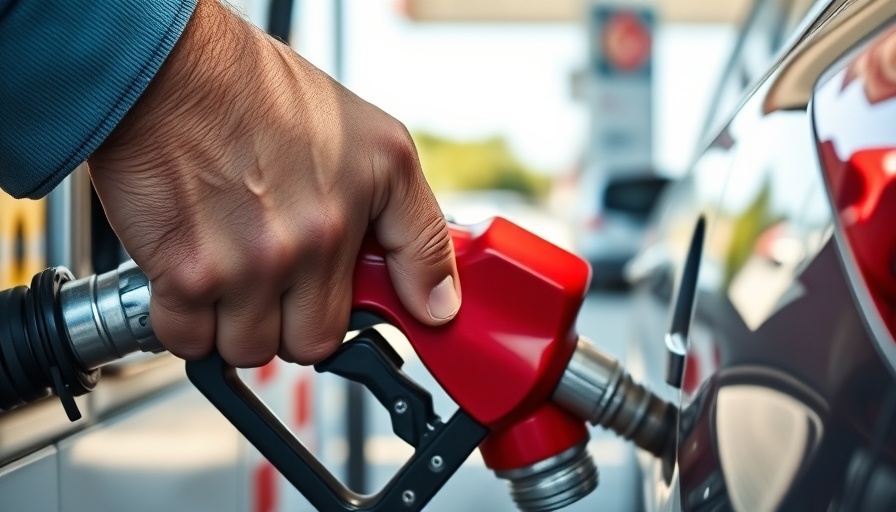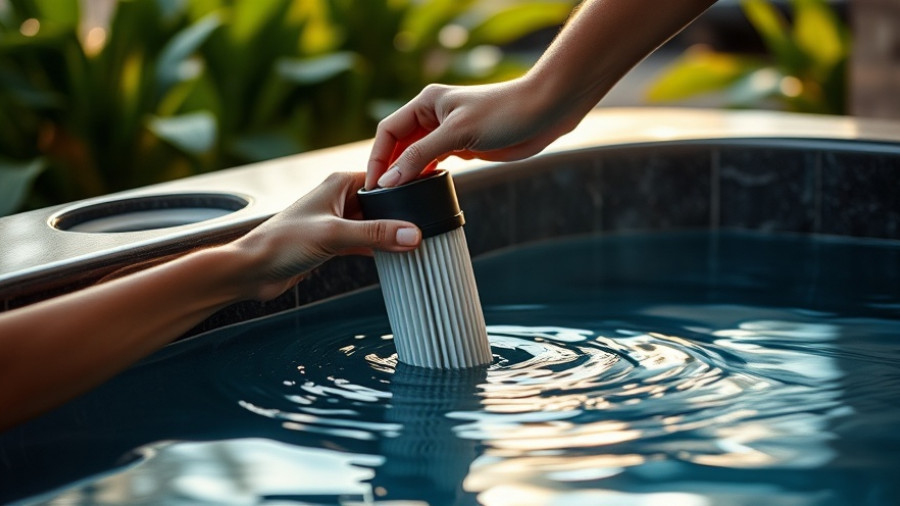
Understanding the Dangers of Pumping Gas
Pumping gas is a routine task, yet it can pose risks if not approached with caution. While static electricity-related incidents are rare, adhering to safety measures is essential for preventing accidents.
Why You Should Never Leave the Engine Running
Before you start filling your tank, ensure your vehicle is parked and the engine is turned off. Many may not realize that even auxiliary power sources, such as phone chargers and lighters, can potentially ignite fuel vapors. These actions can lead to a catastrophic fire if an unnoticed spark occurs.
Getting Back In Your Vehicle: A Risky Move
Once you start the refueling process, remain outside your vehicle. Stepping back into your car can allow static electricity to build up on your body, which could discharge as a spark when you return to the pump. This is particularly dangerous as gasoline vapors can ignite easily, turning a simple visit to the gas station into a life-threatening situation.
Cellphone Usage at the Pump: Not Just a Distraction
While many gas stations are densely populated with distractions, using a cellphone while pumping gas can divert your attention from what should be a vigilant process. Although cellphones are unlikely to cause sparks, they can distract you from observing your surroundings. The focus should be on safety and the refueling task itself.
The Importance of Not Overfilling Your Tank
Overfilling your gas tank seems harmless, but it can lead to spills that increase the risk of fires. Most modern fuel tanks include an automatic shut-off feature that halts the flow of gas once the tank is full. Listen for this sound, and trust the equipment—your car's system knows when it’s full.
Health Considerations: Gas on Skin and Eyes
If gasoline contacts your skin, wash the area thoroughly with lukewarm soap and water. Should gas get into your eyes, immediately rinse with water for a minimum of 15 minutes. Removing any contact lenses is crucial to avoid further irritation. Ignoring these simple measures can have long-term health ramifications.
Keeping Children Safe at the Pump
While you’re busy fueling up, remember to keep children safe and secure inside the vehicle. Children should not exit the car until you’re completely finished. This reduces distractions and prevents possible accidents, ensuring that everyone stays safe during this common yet potentially dangerous task.
Environmental Impacts of Fueling
The act of pumping gas not only puts you at risk but can also harm the environment. Gasoline spills release harmful pollutants into the atmosphere and waterways. By taking the necessary precautions, you reduce your personal risk while also protecting our planet.
Actionable Tips to Ensure a Safe Experience
By remembering these essential guidelines, you can foster a safer environment for yourself and others. Remove distractions, stay focused, and maintain a safe distance from any potential hazards while refueling. Always be aware of your surroundings and ensure your vehicle’s systems are functioning properly before filling up.
Conclusion: Fuel Safety Starts With You
As we go about our routines, it's the little habits that can go overlooked which often lead to the biggest problems. Pay attention to the basic rules of safety while at the pump, and it will not only keep you safe but also promote safe practices amongst others who share the station with you. With these actions, you are helping to create a culture of safety that everyone can benefit from.
If you would like to learn more about safe fuel practices and what you can do to be proactive at the pump, stay informed and aware. Every step you take toward safety can prevent potentially catastrophic incidents.
 Add Row
Add Row  Add
Add 




Write A Comment